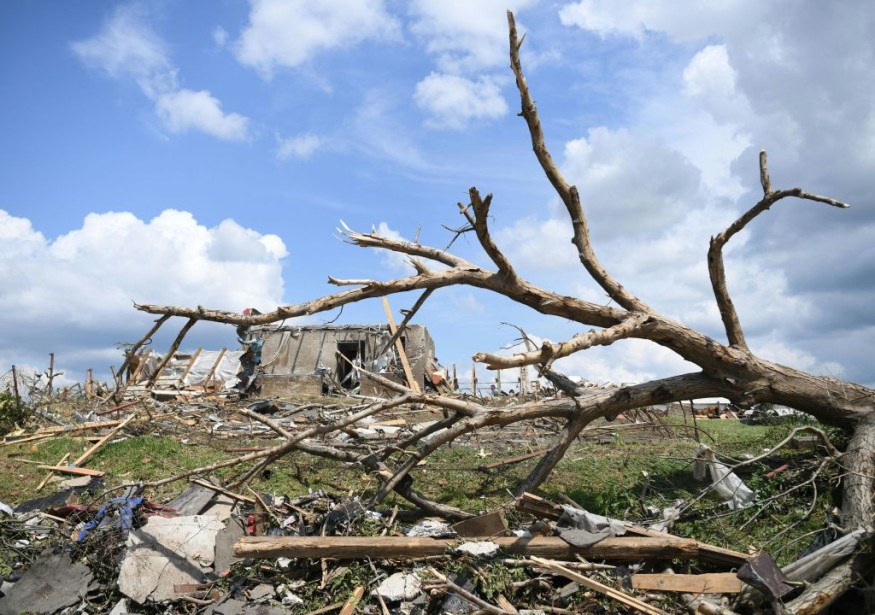Trees require water to survive on hot, dry days, yet they can only do so for short periods of time. Even naturally suited trees may perish amid prolonged droughts and high heat waves, such as those currently afflicting the United States.
This has been happening throughout central and northern Arizona in recent months. According to the US Forest Service, a long-running drought and the consequent water stress have contributed to the death of up to 30 percent of the junipers in the area.
During 129 million trees died in California over the previous decade as a result of a severe drought, leaving extremely combustible dry wood that can feed future flames.

Firefighters are also keeping a careful eye on this and other places with dead or dying trees as another unusually dry year increases the possibility of a wildfire.
By late June 2021, more than 90 percent of the United States' West would be under severe drought or worse. More than a fifth of the country was under severe drought, the worst rating, suggesting significant crop loss, fires, and water shortages.
What Happens During Droughts?
Trees require water to flourish, although the quantity varies depending on the species. Heidi Asbjornsen, a professor at the University of New Hampshire, is researching the impacts of drought on trees. Drought disrupts water transport by reducing the amount of water available to the tree. As the moisture content of the air and soil drops, air bubbles can form in the plant's vascular system, creating embolisms that impede water movement. This is why, during the early 2000s drought in the Southwest, pinon pines perished in greater numbers than juniper - juniper is considerably more resistant.
Scientists are attempting to anticipate what higher temperatures could do to the globe as global warming appears to be unchecked. According to current forecasts, rainfall will vary, with some places receiving more and others receiving less. They also suggest that many places will be subjected to both long- and short-term droughts. The researchers wanted to know what would happen to drought-affected wooded regions when the drought ended in this new study.
Researchers examined data documenting the impact of drought on wooded regions from 131 sites across the world and compared what they discovered to see if any trends appeared. They discovered that just 21% of the woods returned to their previous state. Pests affected trees during droughts, adding to tree mortality, and the region was considerably less likely to recover to its wooded form.
What Weakens Trees?
According to recent study, trees that are stressed by drought are more likely to perish in a fire. Droughts reduce the amount of water available to trees for insulation and fire protection. They may also limit their carbohydrate production (tree food), making them weaker. They become weaker as a result, making recovery from fire injury more difficult. Trees that sustain trunk damage in a fire are also less likely to survive in subsequent years if there is a drought.
What will Happen in the Future?
Droughts, high temperatures, pests, and fires have all contributed to an alarming rate of tree mortality in Western forests during the last two decades. In sections of the Western United States, there is evidence of a transition from forests to shrublands or grasslands. Burning in the same location on a regular basis might help to cement this shift. Temperatures will continue to rise unless greenhouse gas emissions are reduced.
© 2025 NatureWorldNews.com All rights reserved. Do not reproduce without permission.





